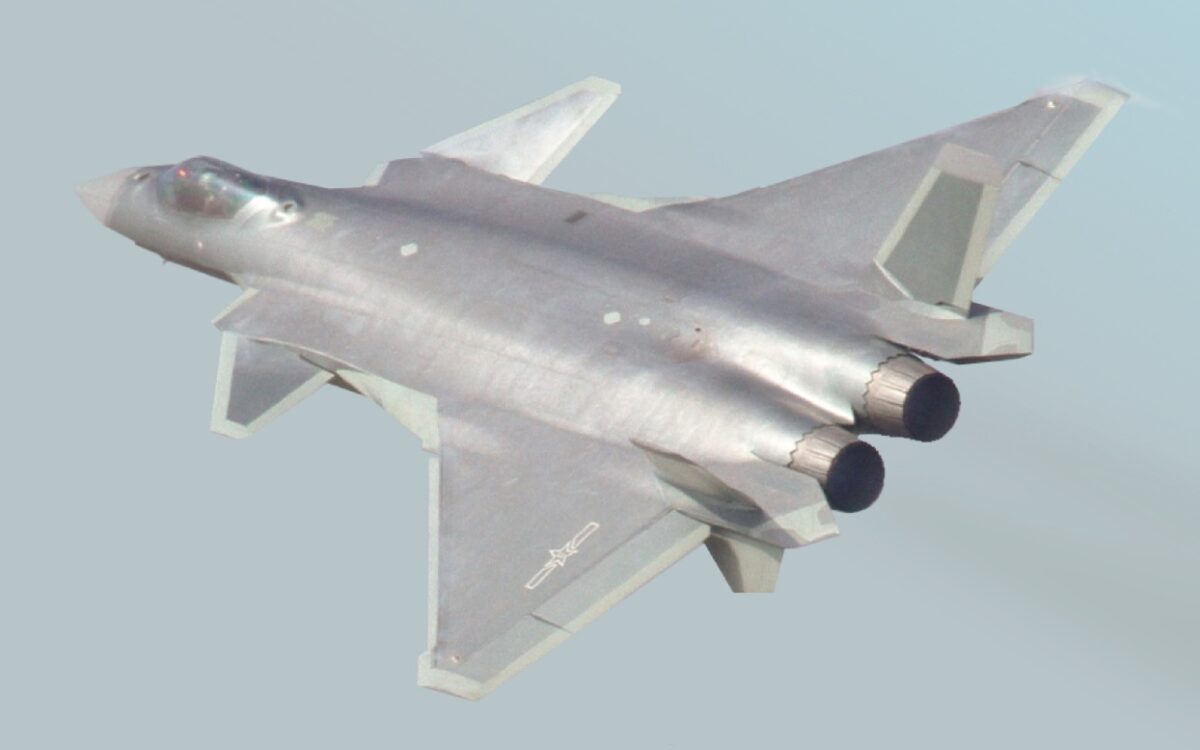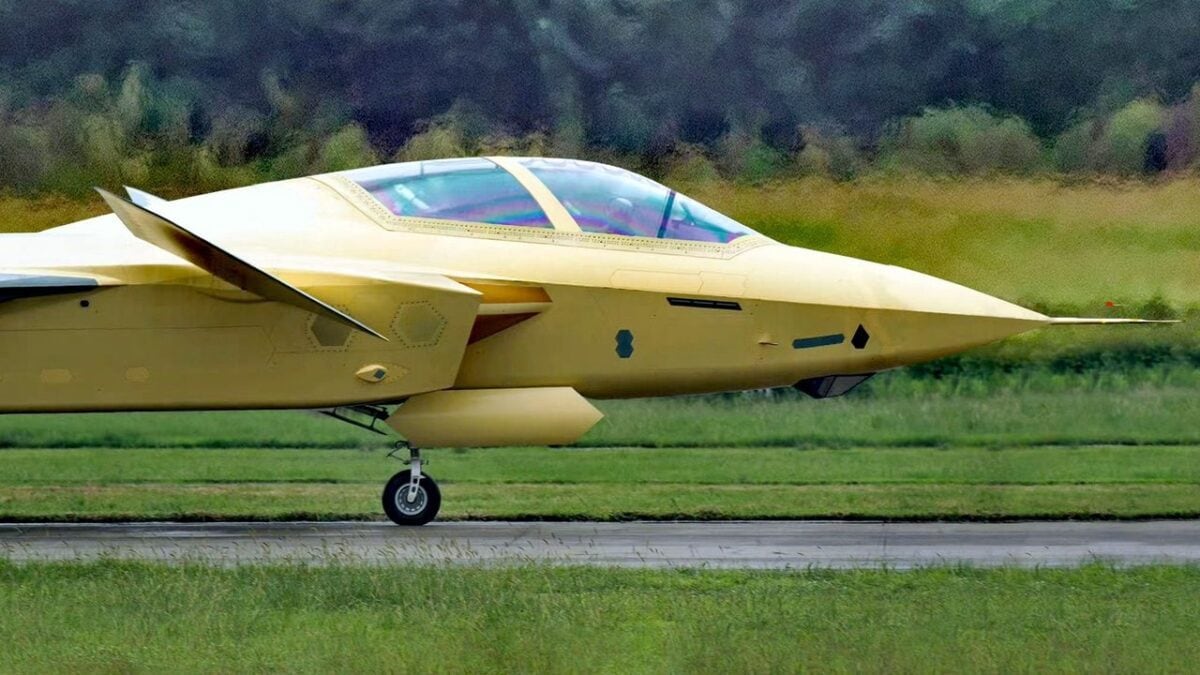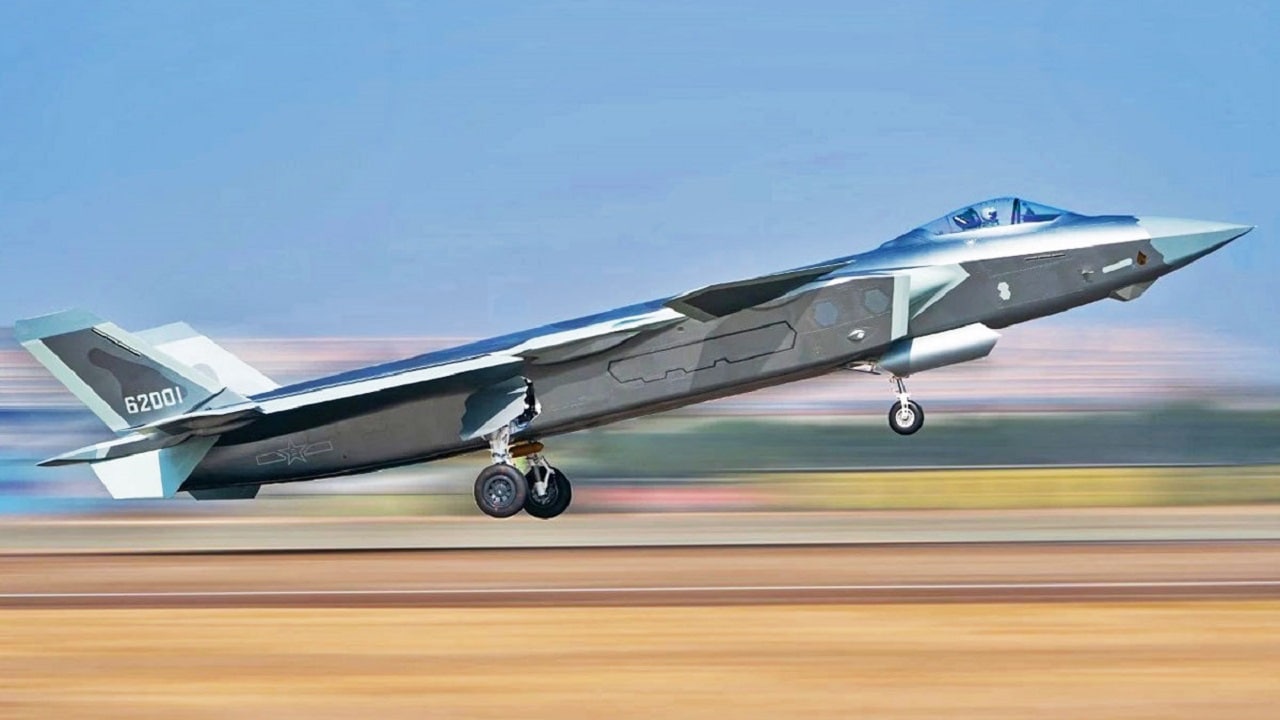The Chengdu J-20 Wēilóng (“Mighty Dragon”) is arguably the most feared and feared combat aircraft in the Chinese People’s Liberation Army (PLA) Air Force arsenal, and justifiably so. By virtue of its official entry into service in 2017, the J-20 lays claims to being the world’s third operational 5th generation stealth fighter aircraft after Lockheed Martin’s F-22 Raptor and F-35 Lightning II, thus making a made a great leap forward (if readers will forgive the Maoist-inspired bad pun) in the People’s Republic of China’s ambitions of equalling —and eventually surpassing—American air superiority.
Upping the Ante in INDOPACOM
Indeed, at least some experts posit that the J-20 is easily the most capable aircraft deployed by any nation in its region, giving it a significant edge over the air forces of America’s INDOPACOM regional allies such as Japan, South Korea and India. This Wēilóng warbird is intended as a multi-role air superiority fighter, with the interceptor role being just one of those roles. Moreover, the Chengdu J-20 stealth fighter enables Beijing to boast that it has beaten its Russian allies to the punch in deploying stealth aircraft, as the Sukhoi Su-57 didn’t finally enter into service until December 2020.
This Mighty Dragon Breathes Some Serious Fire, But…
The J-20 packs a formidable payload, wielding two short-range PL-10s, one in each air-intake bay, and six to eight medium-range P-12s in the main internal weapons bay below the mid-fuselage.
Regarding the PL-10 in particular, the PLA Air Force is laying a claim to innovation, as explained by Brian Hsu in a 2013 Aviation News International article: “The missile…was shown in a video inside the starboard intake weapons bay before being moved outside the airplane by an ejection system. The door of the bay then closed, leaving the missile outside, but still attached to the airframe. This arrangement is said to allow the missile to be fired in the shortest time possible…the J-20 could stay stealthy throughout the missile-launch process by keeping the bay door closed.”
However, there is one weapon that is conspicuous by its absence from the J-20’s arsenal: a cannon. Thus the Wēilóng stands out as the only 5th Generation fighter that omits the gun. On the one hand, the lack of a gun can be justified based on the fact that old-fashioned dogfighting is becoming an increasingly obsolescent form of aerial combat; indeed, the last recorded instance of a U.S. warplane shooting down any sort of aerial opponent via gunfire was that of an A-10 Warthog downing an Iraqi helicopter during Operation Desert Storm in 1991. Moreover, one has to go back to 02 June 1972 to find the only supersonic jet-to-jet guns kill ever made, scored by an F-4 Phantom (piloted by U.S. Air Force Col. Phil “Hands” Handley) against a North Vietnamese MiG-19.
On the other hand, there’s the philosophy of “better to have and not need than vice versa.” As Alex Locke pointed out in a 2019 Business Insider article, “Enemy aircraft can’t jam a fighter jet’s gun. Flares and chaff will never fool a gun, which needs no radar. Bullets rip out of the gun already above the speed of sound and need not wait for rocket boosters to kick in.”
Of course, how the J-20 stacks up against the F-22 and F-35 in real-life combat remains to be seen. If the long-dreaded hypothetical shooting war between the United States and the PRC over Taiwan ever becomes a reality, that grim acid test may be administered sooner rather than later.

Image: Creative Commons.
Crew: one (pilot)
Length: 21.2 m (69 ft 7 in)
Wingspan: 13.01 m (42 ft 8 in)
Height: 4.69 m (15 ft 5 in)
Wing area: 73 m2 (790 sq ft)
Empty weight: 17,000 kg (37,479 lb)
Gross weight: 25,000 kg (55,116 lb)
Max takeoff weight: 37,000 kg (81,571 lb)
Fuel capacity: 12,000 kg (26,000 lb) internally
Maximum speed: Mach 2.0
Range: 5,500 km (3,400 mi, 3,000 nmi) with 2 external fuel tanks
Combat range: 2,000 km (1,200 mi, 1,100 nmi)
Service ceiling: 20,000 m (66,000 ft)

Image of Chinese J-20 stealth fighter which could be soon armed with laser weapons.
Christian D. Orr is a former Air Force officer, Federal law enforcement officer, and private military contractor (with assignments worked in Iraq, the United Arab Emirates, Kosovo, Japan, Germany, and the Pentagon). He has also been published in The Daily Torch and The Journal of Intelligence and Cyber Security.

